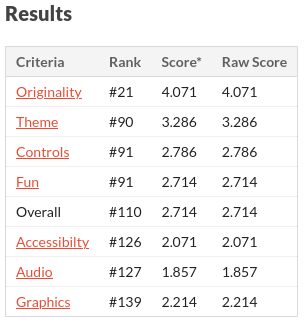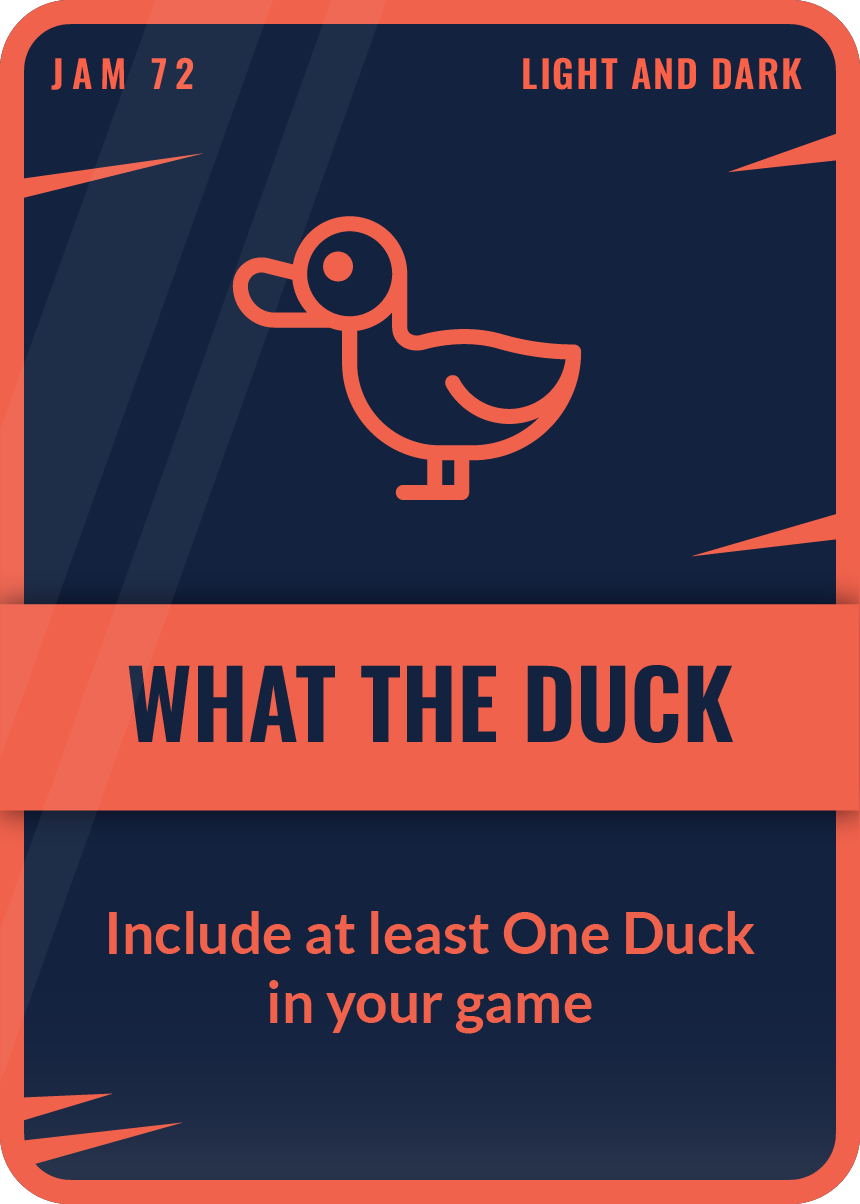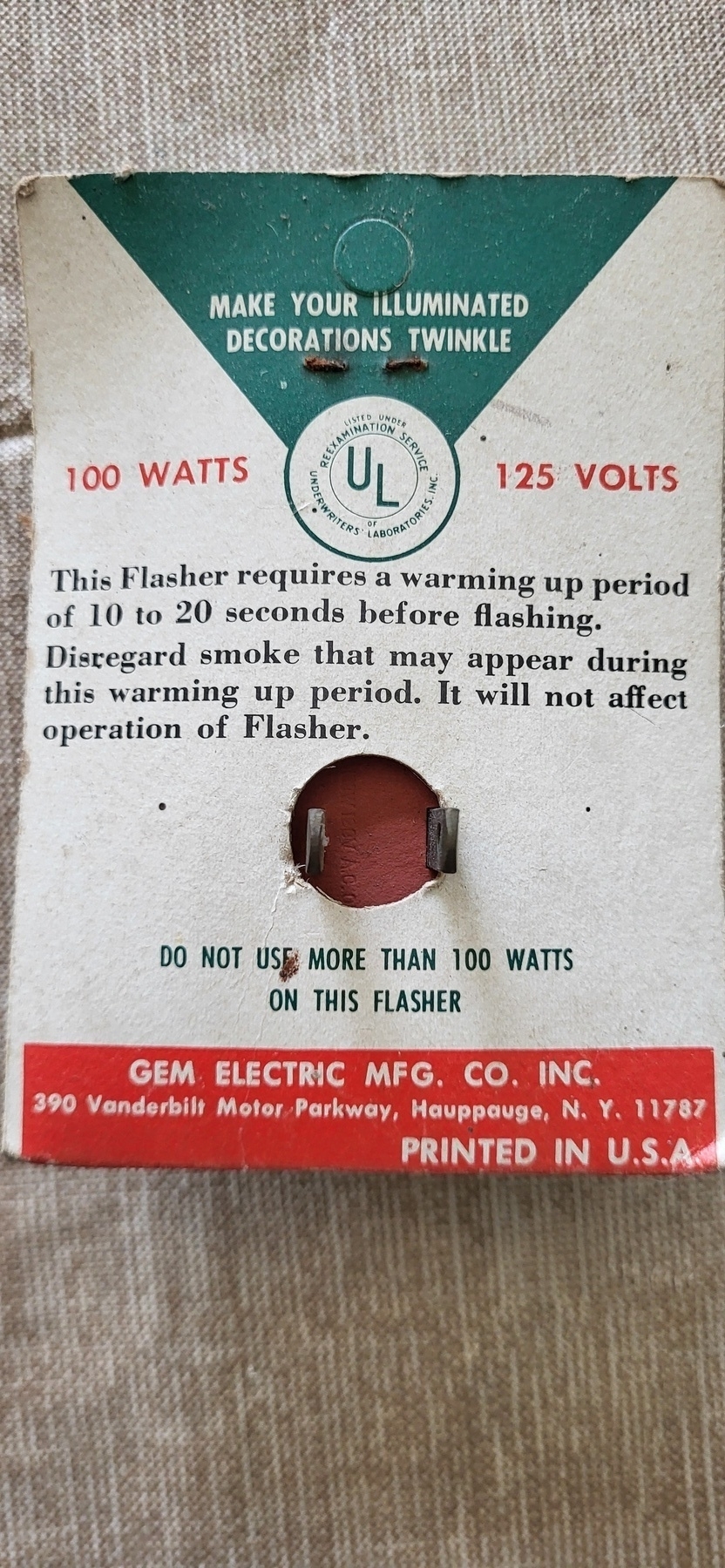
Currently reading: How to Read Superhero Comics and why by Geoff Klock 📚
Recommendation from Robin Sloan’s newsletter.
The kiddo and I have been playing some Warcraft 2. It’s early yet, but I’m a little surprised by how “scorched earth” some of these scenarios are. It’s not a victory until you’ve completely wiped the enemy off of the map: even farms, peons/peasants, blacksmiths and oil tankers.
Postmortem: Quack Circuits / Godot WIld Jam 72
The ratings are in, and Quack Circuits… ranked near the bottom in most categories (there were 156 submissions).

Getting 21st in “originality” suits me just fine though– that (or whatever similar category is available, like “innovation”) is usually where I do best, and doing well there is the kind of thing that makes me think I have something to contribute to the game dev world.
The comments were generally positive, which isn’t unusual– game jam participants are a friendly bunch.
For 8 of the 9 days of the jam, I was working on a fairly straightforward puzzle game. In the final 24 hours, I pivoted to making the puzzles a mini-game in a larger story of a duck trying to escape… something (in my mind, it was an animal testing lab, but that never made it to the final product). Would it have ranked higher if I spent that last day refining the puzzle game? Maybe? I can’t know.
One thing I did for the first time, was get deployment nailed down first. Before I wrote a line of game code, I had the base project all set up with Github Actions and successfully deploying the base project to itch.io. I’ll definitely keep doing that for future projects.
Planet of the All My Apes Gone
This morning I was thinking back on some videos I’ve watched (like this) about abandoned NFT games, and it occurred to me that such a virtual world might be a compelling setting for a new game.
A world of half-built and/or I’ll-conceived villas and islands, bugs (exploitable?) that will never be fixed, bad algorithmic art, a massively deflated in-game currency. Everything you see was put there by VC, whales, crypto true believers, speculators, scammers and dupes.
Any random Molly White blog post could be a plot line.

Finished Listening: The Sign of the Four by SIR ARTHUR CONAN DOYLE 📚
So, I had a serviceable puzzle game. The feedback in the Karchner household was pretty much:
That’s boring. You should make the game less boring.
So now, the puzzles are a minigame in a larger… duck….quest.. thing. I wouldn’t exactly say it works. But it kind of works?
I still like the puzzles.

I’ve updated the deployment pipelines for Pong Wars and the current WIP to use Godot 4.3.
While I was at it, I updated the Pong Wars pipeline to push directly to itch.io. Previously, it was an iframe pointing to the Github Pages version, which never looked quite right.
Despite previous predictions, I haven’t gotten a chance to work on improving the art and adding sound, music, polish, etc yet. I’ve got until 4pm Sunday to make improvements.
But, I can at least call it a game now! There are three puzzles. I think that’s enough for a jam entry.

Currently reading: Policy as Code by Jimmy Ray 📚

Finished Listening: A Study in Scarlet by Arthur Conan Doyle 📚
(I’m actually listening to Sherlock Holmes: The Definitive Collection, read by Stephen Fry– which is as excellent as you would suspect. At 72 hours, I’ll probably be listening to this into 2025.)
It’s not a game yet– but it’s interactive! By tomorrow night, I should be able to have a couple of playable levels, and that will leave me most of a week (including the weekend) to focus on improving the graphics, adding sound, and other fit-and-finish work.
A feeble #screenshotsaturday for my Godot Wild Jam work in progress. The current idea is something like Pipe Mania meets Snap Crcuits. This screenshot does not convey any of that, but I did get to the point where the game can detect whether a complete circuit has been made and react accordingly.

The theme is out for Godot Wild Jam #72. It’s a good thing I spent time last night finally figuring out how to make 2D lighting and shadows work…

I decided to dip into Threads a bit over the last few days: it’s mostly people talking about Twitter, Elon Musk, and the new Deadpool movie.
One of those things is interesting to me, but I can wait until it’s on Disney Plus.
GWJ72
When I was writing this post, I almost committed to sitting out game jams for a while, in order to focus on a small number of longer-term projects. Honestly, I could use some momentum right now, and I feel the most momentum after finishing a game jam.
So, I’m signed up for Godot Wild Jam 72.
This time around, I’m going to try to make a really simple game, and focus on the visuals and providing a quality, polished experience. In other words, I won’t try to design a whole-ass magic system.
(though thanks to a recent humble bundle, I’m looking forward to diving in to Game Magic: A Designer’s Guide to Magic Systems in Theory and Practice.)

Finished reading: In Perpetuity by Maria and Peter Hoey 📚

